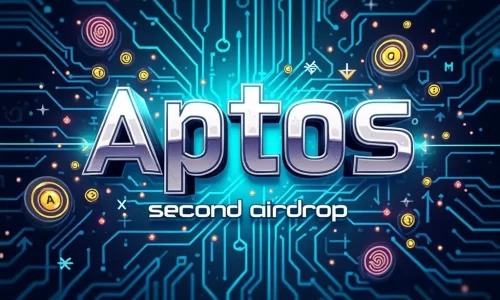What Are Nodes in Cryptocurrency?
As the world of cryptocurrency grows, the terms and concepts associated with it are becoming increasingly popular. One of the key components of any blockchain network is nodes. Let’s explore what they are and the role they play in the cryptocurrency ecosystem.
Definition of a Node
A node is a part of the blockchain network that stores a copy of the blockchain and ensures its functionality. Each node is essentially a computer connected to the network, acting as a point of communication with other nodes. It collaborates with other devices, sharing information to maintain the uninterrupted operation of the blockchain.
Types of Nodes
In cryptocurrency networks, there are several types of nodes, each performing specific functions:
- Full Nodes: These store the entire copy of the blockchain and ensure the verification of transactions and blocks.
- Light Nodes (SPV Nodes): These only store partial blockchain data and rely on full nodes to verify transactions.
- Mining Nodes: Nodes that are involved in generating new blocks through mining and validating transactions.
Functions of Nodes
Nodes ensure the operation and security of the blockchain. The key functions of nodes include:
- Data Storage: Nodes store the complete transaction history of the network.
- Transaction Verification: Full nodes verify the authenticity of every transaction.
- Synchronization Support: Nodes ensure that all participants in the network have the same version of the blockchain.
Why Are Nodes So Important?
Nodes are the foundation of blockchain technology. Without them, the network could not guarantee transparency, security, and decentralization. Thanks to nodes, the blockchain remains a decentralized network, operating without the need for a central governing body.
How to Set Up a Node
Setting up a node can vary depending on the blockchain network, but here are the general steps:
- Choose the Blockchain Network: Decide which cryptocurrency or blockchain you want to support. Each network has its own specific requirements for nodes.
- Prepare the Hardware: Ensure you have a reliable computer or server with sufficient storage, processing power, and internet bandwidth. For example, Bitcoin full nodes require at least 500 GB of free disk space and 2 GB of RAM.
- Download the Required Software: Visit the official website of the blockchain network to download the node software. For instance, Bitcoin Core for the Bitcoin network.
- Install and Configure the Software: Follow the installation instructions provided by the network. During configuration, you may need to specify storage locations, network settings, and other preferences.
- Synchronize with the Blockchain: After installation, the software will download the entire blockchain history to your device. This process can take hours or even days, depending on the network and your internet speed.
- Maintain the Node: Keep your node running and updated. Regularly check for software updates and monitor its performance to ensure it’s functioning correctly.
- Optional – Enhance Security: Implement additional security measures, such as using firewalls or setting up your node behind a VPN, to protect against potential attacks.
Popular Nodes for Mining in 2025
The cryptocurrency landscape is continuously evolving, and some networks stand out as popular choices for mining nodes in 2025. Here are some notable examples:
- Unichain: Known for its high transaction throughput and eco-friendly consensus mechanisms, Unichain has gained traction among miners seeking efficient and scalable solutions.
- Berachain: A cutting-edge blockchain optimized for DeFi applications, Berachain offers unique incentives for node operators and miners, making it a top choice in 2025.
- Ethereum: Following its transition to Ethereum 2.0, staking nodes remain a popular option for those looking to participate in the network’s proof-of-stake consensus.
- Solana: Renowned for its speed and low transaction costs, Solana nodes are an attractive option for miners focused on high-performance blockchain solutions.
- Avalanche: With its innovative consensus protocol, Avalanche supports robust node operations, appealing to miners seeking flexibility and scalability.
- Cardano: Cardano’s proof-of-stake model makes it a sustainable choice for those interested in running staking nodes.
- Polkadot: As a leader in interoperability, Polkadot provides opportunities for miners to contribute to its parachain ecosystem.
- Cosmos: The Cosmos network’s focus on interoperability and modular architecture makes its nodes highly desirable for miners looking to engage with multiple blockchain ecosystems.
Conclusion
Nodes are the backbone of any cryptocurrency network. They provide functionality, stability, and security to the blockchain. Understanding nodes is crucial for anyone interested in cryptocurrency, as they play a key role in its operation. If you want to contribute to the decentralization and security of a blockchain, setting up a node is a great way to get involved.




